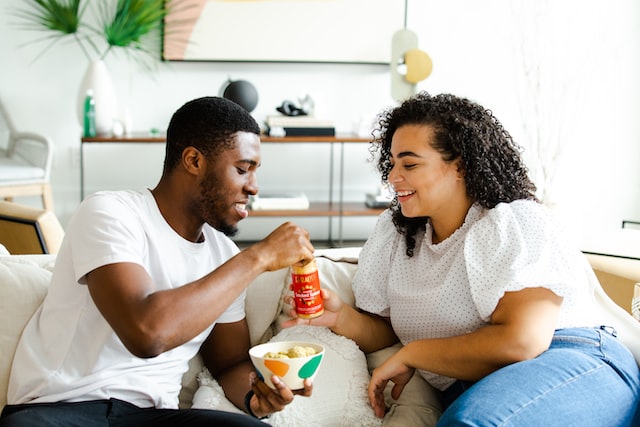Enabling: Definition, Behaviors, & TipsWhen we enable others, we allow them to keep behaving in ways that don’t serve them. Read on to learn about enabling behaviors and how to change them.
Looking back, though, it is possible that my friend was enabling me to stay comfortable and safe. For a variety of well-meaning reasons, this is something we all do to each other – try to “save” each other from a painful experience. Sometimes, though, we need to go through those tough things, and our friends or family enable us when they try to keep us comfortable. Read this article to learn the definition of enabling, see some examples, and find out some ways you can reduce the enabling behaviors that are happening in your life.
Before reading on, if you're a therapist, coach, or wellness entrepreneur, be sure to grab our free Wellness Business Growth eBook to get expert tips and free resources that will help you grow your business exponentially. Are You a Therapist, Coach, or Wellness Entrepreneur?
Grab Our Free eBook to Learn How to
|
Are You a Therapist, Coach, or Wellness Entrepreneur?
Grab Our Free eBook to Learn How to Grow Your Wellness Business Fast!
|
Terms, Privacy & Affiliate Disclosure | Contact | FAQs
* The Berkeley Well-Being Institute. LLC is not affiliated with UC Berkeley.
Copyright © 2024, The Berkeley Well-Being Institute, LLC
* The Berkeley Well-Being Institute. LLC is not affiliated with UC Berkeley.
Copyright © 2024, The Berkeley Well-Being Institute, LLC




